Limited information is available to the public regarding the manufacturing process of airbags. Each manufacturer keeps these details confidential. However, by disassembling airbags, we can obtain some information about their construction. The main challenge is determining the materials used in making them, the specifications of a smaller airbag, and how to use available materials to achieve the required performance. Since our performance requirements are unclear, it is quite a challenge.
Materials and Patterns
Before we move forward with this section of the ABSS project, my main focus is to figure out how to create bag-shaped objects and experiment with different materials until I can develop a set of patterns that can inflate to the exact shape needed for our specific purpose. I’ve started testing out a few materials to understand their properties. In the image below, you can see a piece of airbag material that I obtained from a disassembled airbag, along with some leftover ripstop nylon from making parachutes for the British Army.
At the bottom of the image, you can see two of my initial sewing attempts, where I practised stitching outline shapes on some inexpensive fabric I found for learning. Unfortunately, my fabric couldn’t hold enough air to be inflated.
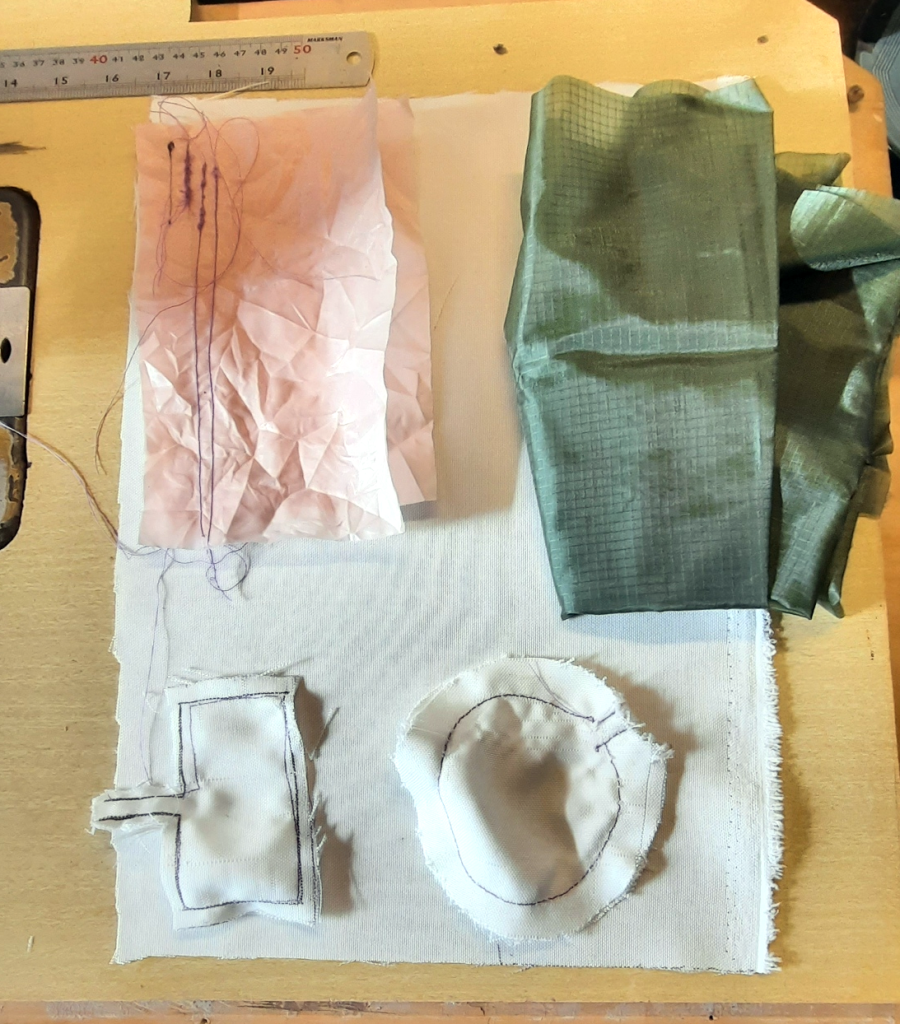
The First Try with Nylon
Sewing very thin material for parachutes can be challenging, especially when the material has a coating that improves its deployment. I have a non-walking foot sewing machine, which means that only the bottom layer of material moves during the stitching process, leading to various issues when sewing this type of material. I pinned the seam margins to test my machine’s capability and attempted to sew the material. Without any further bonding, this was going to be a problem.
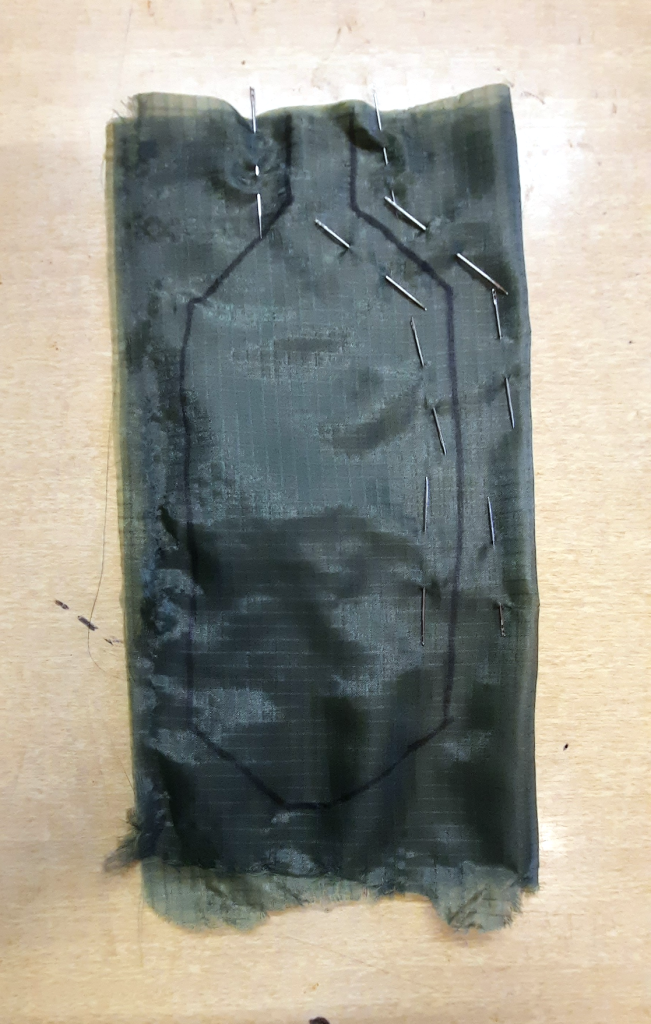
I haven’t finished researching appropriate sewing threads for our application, mainly because the performance requirements are not yet fully defined. So, in the meantime I sourced some bonded polyester thread used for sail-making.
I purchased a set of compatible needles for this thread, intended for sewing jeans and other medium-heavy fabrics.
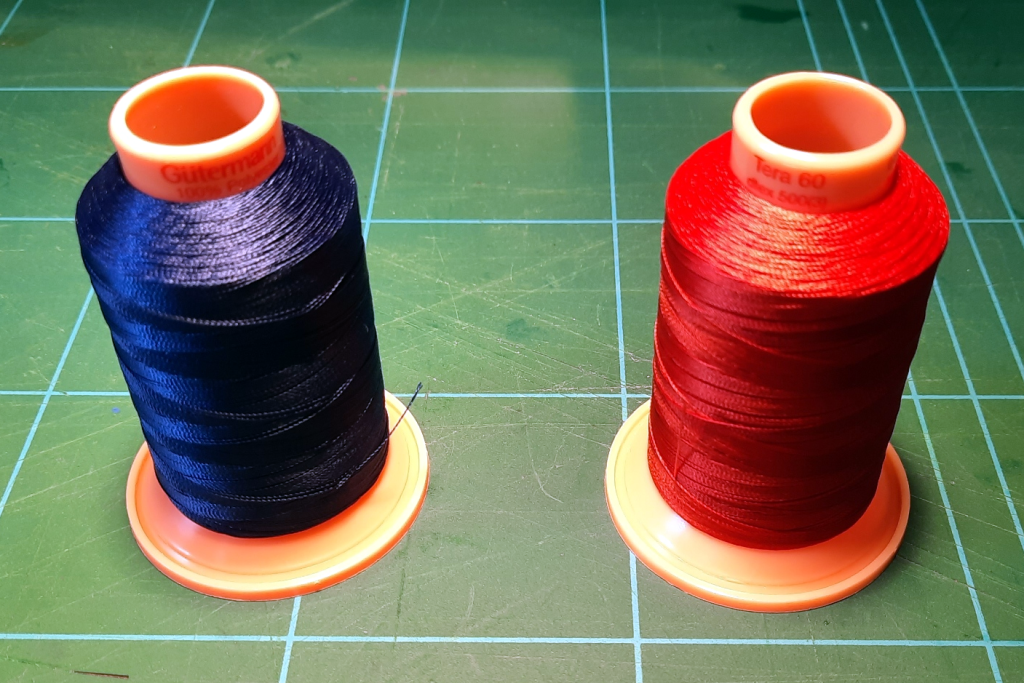
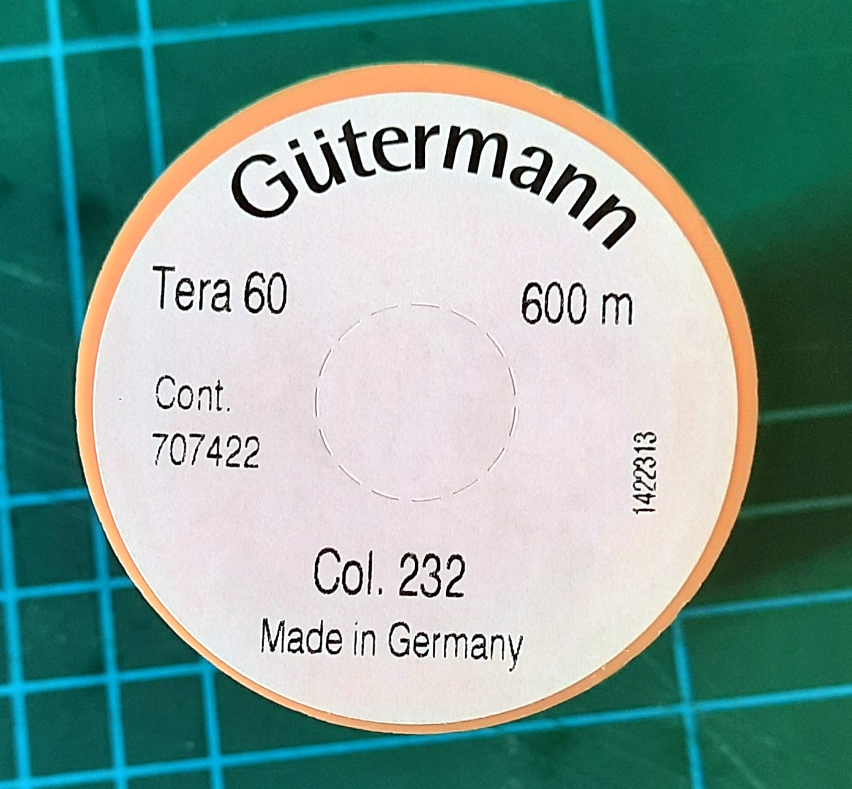
As shown below, the outcome is, as anticipated, quite messy. The fabric layers are slipping and bunching up the stitches. I found it extremely difficult to cut the outline, even with my sharpest scissors or a new scalpel. Ripstop parachute nylon is highly resistant to cutting or tearing, which is exactly what you want when jumping from a plane.
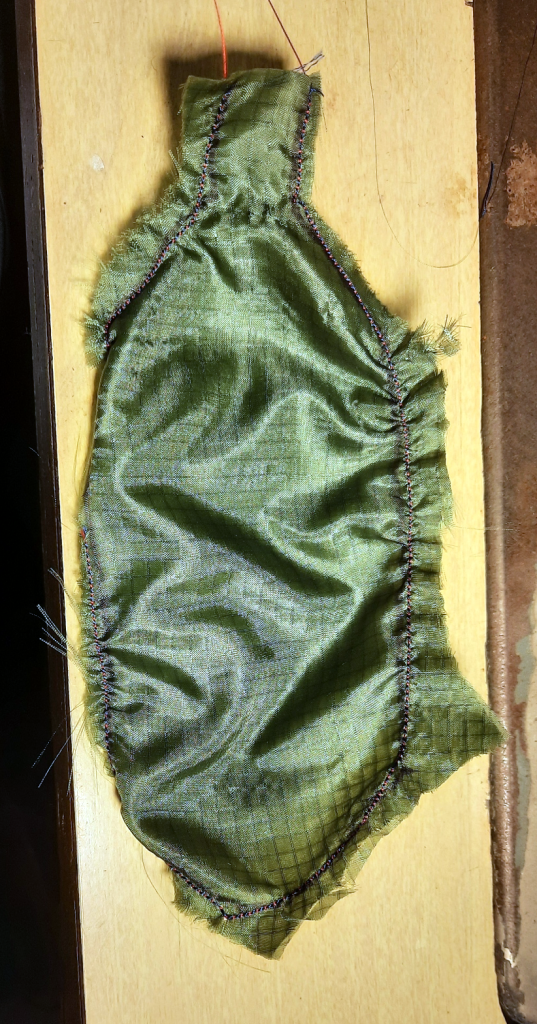

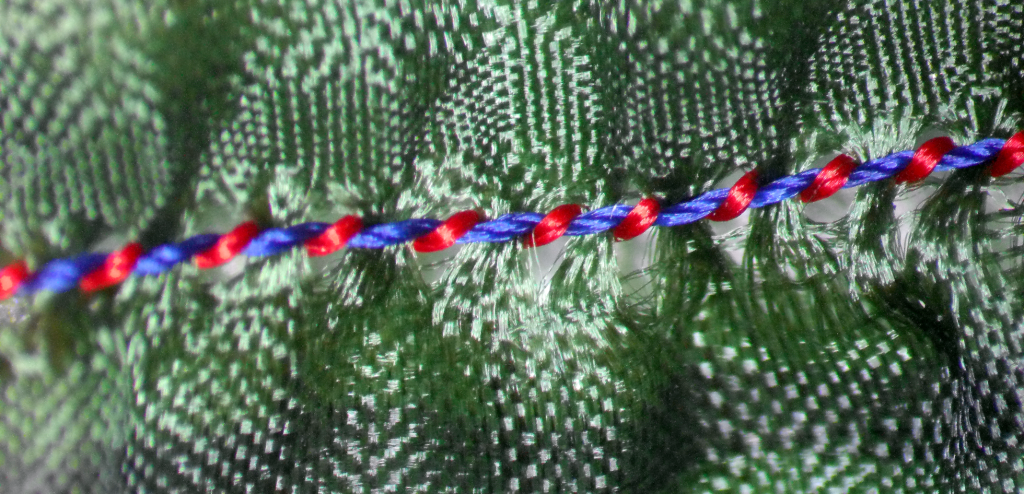

On the left side, you can see microscope screenshots of a single stitch line. The contrasting thread colours are used to identify any issues. As far as I can tell, the threads appear fine, but I have limited experience with sewing. The stitches look consistent and tight, so we are on the right track.
The material tearing at the stitching may cause the airbag to pull at the seam during inflation, which is something we want to avoid.
Conclusion
This initial attempt at sewing this difficult material taught me several things, the most important of which is that it would be much more challenging than I originally anticipated. I should try again using actual airbag material instead of ripstop parachute material. For now, I’ll set this aside and return to this part of the project at a more suitable time.
